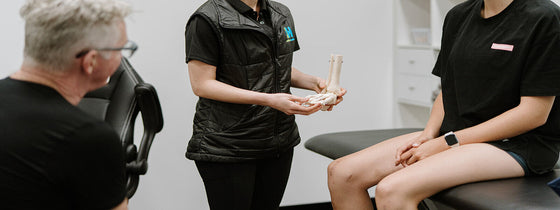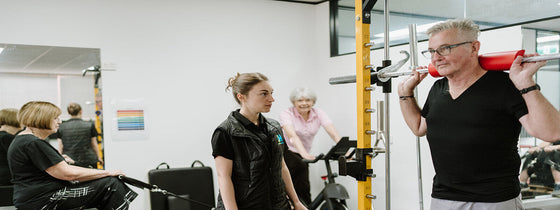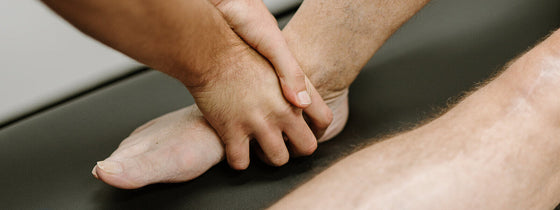Rehabilitation requires more than just time and patience; it demands the right approach to loading. Whether you're dealing with osteoporosis, tendon injuries, or running-related issues, strategic loading can significantly enhance your recovery
Bone Health: When it comes to osteoporosis, having adequate bone loading is essential. Weight-bearing exercises stimulate bone remodelling, which is the process where old bone tissue is replaced with new stronger tissue. This process can enable someone to go from osteoporosis to osteopenia all the way back to normal bone density scores if loaded correctly. Unfortunately, simple light resistance training or with a resistance band doesn't stress the bones enough to create the response. Strength training and impact exercises individualised to you and as directed by your OHL physiotherapist are required for the bone to adapt positively. Interested in learning more? Book with an OHL Physio to learn to do this independently in a gym or at home, and/or we welcome many clients into our OHL Group Physio classes to do suitable bone loading work.
Tendon Rehabilitation: Like bones, tendons require a very scientific, gradual increase in load to regain their capacity to be strong and flexible once more. For example, the achilles can take up to 8 times your body weight while running therefore a few body weight heel raise will not be enough to get you back running pain free! High load isometric exercises, followed by a structured high load strength program and plyometrics program, is essential for anybody that has suffered a tendon injury and would like to go back to being pain-free with complete resolution of the tendon pathology.
In conclusion, while home equipment can be useful in the initial stages of an acute injury, it is the strategic application of load that truly makes a difference in rehabilitation. Always consult with your OHL Physiotherapist to tailor a load management plan that suits your specific needs. Remember, the right load at the right time can accelerate your recovery and get you back to your favourite activities quicker and stronger than ever.

If you're experiencing back or neck pain with neurological signs and symptoms, a thorough neurological examination is crucial for accurate assessment and effective treatment. In this Optimal Tip learn more about what we mean by completing a neurological exam!

Squats, deadlifts, and calf raises are key movement patterns that should be part of every strength and conditioning program—regardless of age and activity level. These functional movements support joint health, improve posture and balance, and reduce the risk of injury while building strength where it matters most.

A ganglion cyst is a fluid-filled swelling that typically forms over a joint or tendon sheath, causing discomfort and pain, especially when pressing against nerves or joints. Proper assessment and treatment, including physiotherapy, are essential for managing symptoms and improving function in the presence of a ganglion in your hand, foot, or wrist.